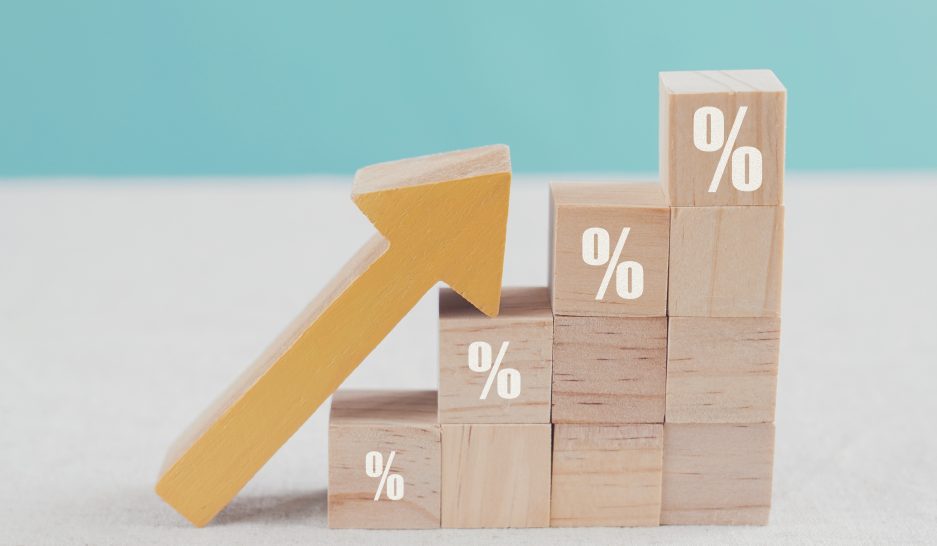In a record October, the tax duty take rose 76 per cent year-on-year, and rose 25 per cent from October 2019.
HMRC said the peak in March 2021 was due to the strength of the property market alongside forestalling ahead of the introduction of non-resident surcharge as well as a general uplift in economic confidence following the roll out of the vaccine and announcement of easing of lockdown.
The lower receipts recorded in the 20-21 tax year were mainly due to a fall in property sales and market uncertainties surrounding the COVID-19 pandemic and the introduction of the temporary reduced rates for Stamp Duty Land Tax (SDLT) on residential properties.
High numbers of transactions drove higher receipts in June and July and then October and September before the temporary stamp duty tax holiday ended.
The reduced rates of Stamp Duty Land Tax (SDLT) were applied from 8 July 2020 until 30 June 2021 and from 1 July 2021 to 30 September 2021 inclusive.
The government succumbed to pressure and extended the nil-rate cap of £500,000 beyond the original end-date on 31 March this year out to June 2021, tapering the nil band down to £250,000, then £125,000 on 1 October.
Sarah Coles, personal finance analyst, Hargreaves Lansdown said: “The enormous jump in stamp duty this tax year demonstrates the impact of the stamp duty holiday. And while the taxman may be rubbing his hands in glee, buyers are more likely to be wringing theirs. However, we can see the enormous impact of the stamp duty holiday. It has pushed the average house price to a record high of £270,000 – up £28,000 in a year, and driven transactions higher.”
Spend, spend, spend
Other HMRC figures showed shoppers are out in force as retail sales volumes rose by 0.8 per cent last month, up 5.8 per cent year-on-year. Non-food stores were the only sector to see a rise in volumes driven by second-hand shops, toy stores and sports equipment and other clothing stores.
Helen Dickinson, chief executive of the British Retail Consortium, said: “Retailers will be relieved by the improvement in sales as they enter the final straight in the run up to Christmas. Footfall growth on UK streets is the highest among major EU economies, and this is clearly translating into consumer spend.”
Online sales figures remain well above pre-pandemic levels as retailers ramp up their delivery and click-and-collect services and there were big improvements in clothing and footwear sales, including formalwear, as social calendars filled up and the public became increasingly confident about going out, said Dickinson.
“While retailers are putting in a gargantuan effort to ensure that essential food and gifts are ready for Christmas, they continue to be dogged by ongoing challenges supply chain problems. Labour shortages throughout the supply chains – from farms to distribution – are pushing up costs and creating some gaps on the shelves. Nonetheless, retailers are prioritising Christmas essentials, and many have laid out their festive offerings a little earlier to ensure everyone has time to buy treats and decorations before the big day,” she added.
Government tax take leaps
Receipts from PAYE income tax and national insurance were £192.4bn, rising £20.3bn in a year, or 12 per cent. This is due to both a 3.6 per cent rise in paid employees, with just over a million more people in work and a rise in average pay of 5.2 per cent against the previous year.
Receipts from Self-Assessment Income Tax, capital gains tax (CGT) and national insurance contributions (NICs) for April 2021 to September 2021 rose to £14.8bn, which is up £7.7bn.

















